PLENARY TALKS
The following plenary talks will be held at Mechatronics 2019 and Nolcos 2019.
Machine Learning for Non-Linear Dynamical Systems Control and Variable Impedance
Speaker: Aude BILLARD, Full Professor, School of Engineering, EPFL
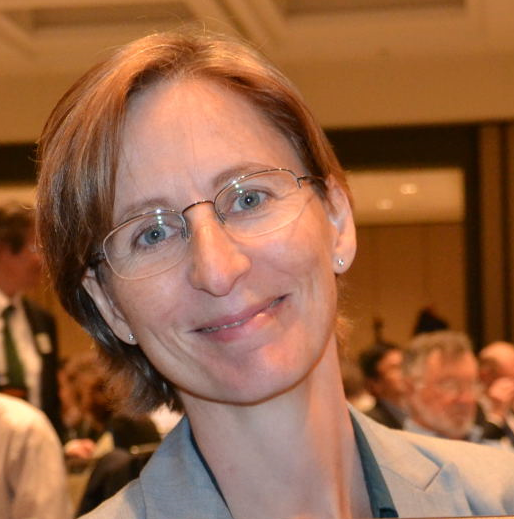
Abstract:
The next generation of robots will soon get out of the secure and predictable environment of factories and will face the complexity and unpredictability of our daily environments. To avoid that robots fail lamely at the task they are programmed to do, robots will need to adapt on the go. I will present techniques from machine learning to allow robots to learn strategies to enable them to react rapidly and efficiently to changes in the environment. Learning the set of feasible solutions will be preferred over learning optimal controllers. I will review methods we have developed to allow instantaneous reactions to perturbation, leveraging on the multiplicity of feasible solutions. I will present applications of these methods for compliant control during human-robot collaborative tasks and for performing fast motion, such as catching flying objects.
Biography:
Aude Billard is full professor and head of the LASA laboratory at the School of Engineering at the Swiss Institute of Technology Lausanne (EPFL). She was a faculty member at the University of Southern California, prior to joining EPFL in 2003. She holds a B.Sc and M.Sc. in Physics from EPFL (1995) and a Ph.D. in Artificial Intelligence (1998) from the University of Edinburgh. She was the recipient of the Intel Corporation Teaching award, the Swiss National Science Foundation career award in 2002, the Outstanding Young Person in Science and Innovation from the Swiss Chamber of Commerce and the IEEE-RAS Best Reviewer Award. Her research spans the fields of machine learning and robotics with a particular emphasis on learning from sparse data and performing fast and robust retrieval. Her work finds application to robotics, human-robot / human-computer interaction and computational neuroscience. This research received best paper awards from IEEE T-RO, RSS, ICRA, IROS, Humanoids and ROMAN and was featured in premier venues (BBC, IEEE Spectrum, Wired).
Flexible Production for the Future – Technology Enablers for Creators
Speaker: Jan HILL, Senior Director Platform Innovation – adidas FUTURE Team
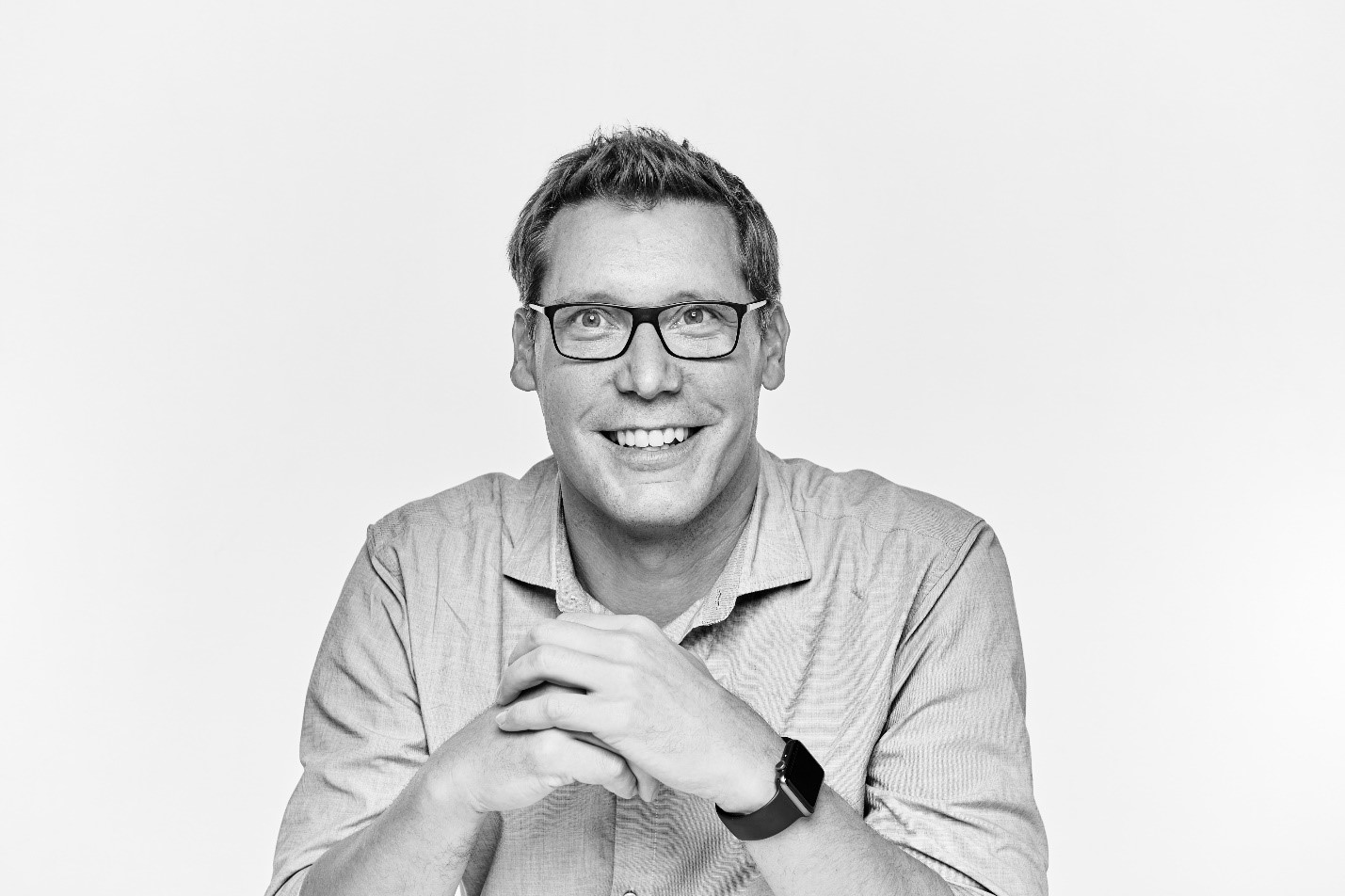
Abstract:
Jan Hill will give a brief overview of adidas and the FUTURE team he is a part of to set the background for his talk. He will continue with an overview of the current status in the sporting goods industry and describe the profile of a creator consumer who is the brands focus for innovation. He will provide insights into the holistic approach adidas is taking to better serve the needs and wishes of today’s consumers by delivering unique products and experiences, enabled through manufacturing innovations, automation and digitization. This will be followed by some concrete examples of how a combination of those enablers helped to create new product, production methods and business models to address the needs of the modern athlete.
Biography:
Jan Hill can look back at 20 years of working experience at adidas. Since joining the company in 1999, he held different positions in the field of product and process innovation. In 2018, Jan Hill was appointed Senior Director Platform Innovation within the adidas FUTURE team. In this role Jan is responsible for various technology innovation programs. In this context, Jan Hill has ever since been an important driving force to the adidas SPEEDFACTORY project, by leading the eponymous research project and later bringing the commercial factory to life. Jan Hill holds a degree in mechanical engineering.
Jan Hill is part of the adidas FUTURE Team, is a cross functional research and development team of Designers, Engineers and Sports Scientists, that is creating cutting-edge technologies and concepts for footwear, apparel and hard goods that fuel the horizon of the adidas brand. The team collaborates with the world’s best academic and industrial partners to help bring consumer centric innovation to life in the fields of product-, process- and business model innovation.
Copyright picture Paul Smith: David Rasche
Using Information to Stretch Vehicle Efficiency
Speaker: Anna STEFANOPOULOU, William Clay Ford Professor of Manufacturing and Director of the Energy Institute at the University of Michigan
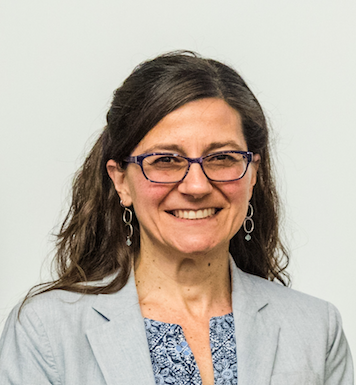
Abstract:
Connectivity, even with low-level of automation, is being touted as the enabler for reaching higher safety and lower congestion in our transportation systems across the entire globe. In this presentation, I will highlight how load preview, through connectivity, can improve powertrain efficiency across many vehicle platforms (from light duty to eighteen-wheelers), type of powertrains (from electric to plug-in, from diesel to gasoline) and diverse terrains. I will also present how inconvenient realities like inaccurate or insufficient information in the control horizon can deteriorate the performance so much that fuel consumption and emissions can be worse than the baseline human-driven vehicle.
Biography:
Prof. Anna Stefanopoulou is the William Clay Ford Professor of Manufacturing and the Director of the Energy Institute at the University of Michigan. She was an assistant professor at the University of California, Santa Barbara and a technical specialist at Ford Motor Company. She is an ASME (08), an IEEE (09) and a SAE (18) fellow, an elected member of the Executive Committee of the ASME Dynamics Systems and Control Division and the Board of Governors of the IEEE Control Systems Society. Her innovation in powertrain control technology has been recognized by multiple awards and has been documented in a book, 21 US patents, 280 publications (7 of which have received awards) on estimation and control of internal combustion engines and electrochemical processes such as fuel cells and batteries. She was a member of the 2016 National Research Council (NRC) committee on fuel efficient technologies and their cost effectiveness in meeting the 2025 US national vehicle fuel economy standards. She is working now with an NRC committee on the “beyond-2025” fuel economy standards.
SEMI-PLENARY TALKS MECHATRONICS
Reliable Simulations – Steps into a Virtualized World
Speaker: Michael BAUMANN, Product Manager for Virtualized Release, Robert Bosch GmbH, Corporate Sector Research and Advance Engineering, Renningen
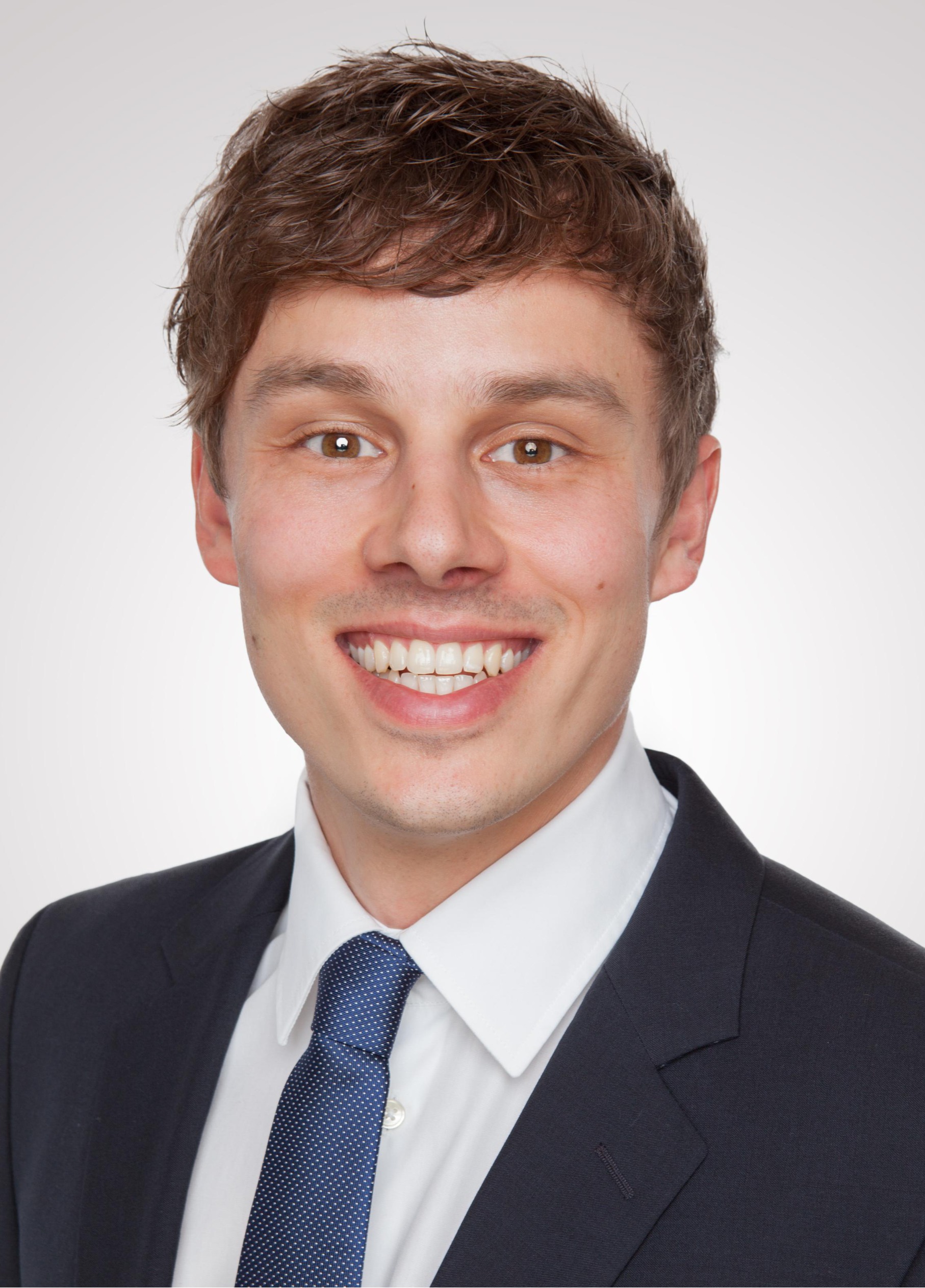
Abstract:
The increasing complexity of systems requires the consideration of simulations in the product development process. At Bosch, simulations are widely used in many different areas, from Powertools to Engine Control Units for powertrain, steering and braking systems, to highly complex systems, like autonomous driving functions. Still, results of simulation models are limited used in release decisions due to missing trust in their reliability. In this contribution, the approach for simulation-based release developed at Bosch in the project Virtualized Release will be presented. First, the main challenges are briefly discussed, i.e., model based system design and automated driving. Then, meaningful elements necessary for increasing trust in simulations, e.g. methods, tools, processes and qualification concepts, are presented. In the focus on technologies I will show approaches for determination of simulation and model quality which is applicable for a wide range of applications. To implement these approaches successfully, harmonized quality criteria between supplier and OEM are essential and will be discussed.
Biography:
Michael Baumann is Product Manager in the agile project Virtualized Release at Bosch. He received the diploma degree (2011) and Ph.D. degree (2016) in mechanical engineering from the University of Stuttgart (Germany). In his research from 2011-2016 at the Institute of Engineering and Computational Mechanics he focused on model reduction of flexible multibody systems. He received the Multibody Young Researcher Award at ECCOMAS Multibody Dynamics 2015 for his work on parametric model order reduction for material removal simulations in elastic multibody systems. Additionally to his research, he managed the development and optimization of powertrain simulations for 24 Hours of Le Mans racecars in industrial cooperation with Porsche. Michael Baumann joined Bosch in 2016 and developed co-simulation frameworks for vehicle simulations, applied in the development of x-domain functions for automated driving. As the Product Manager and Product Owner in a project focusing on future approaches for simulation-based releases at Bosch with multiple business units, he is currently responsible for the content of the artificial release train with four teams
Copyright picture Michael Baumann: Tobias Baiter
Atomic Force Microscope for Harsh Environments
Speaker: Urs STAUFER, Professor at the Delft University of Technology
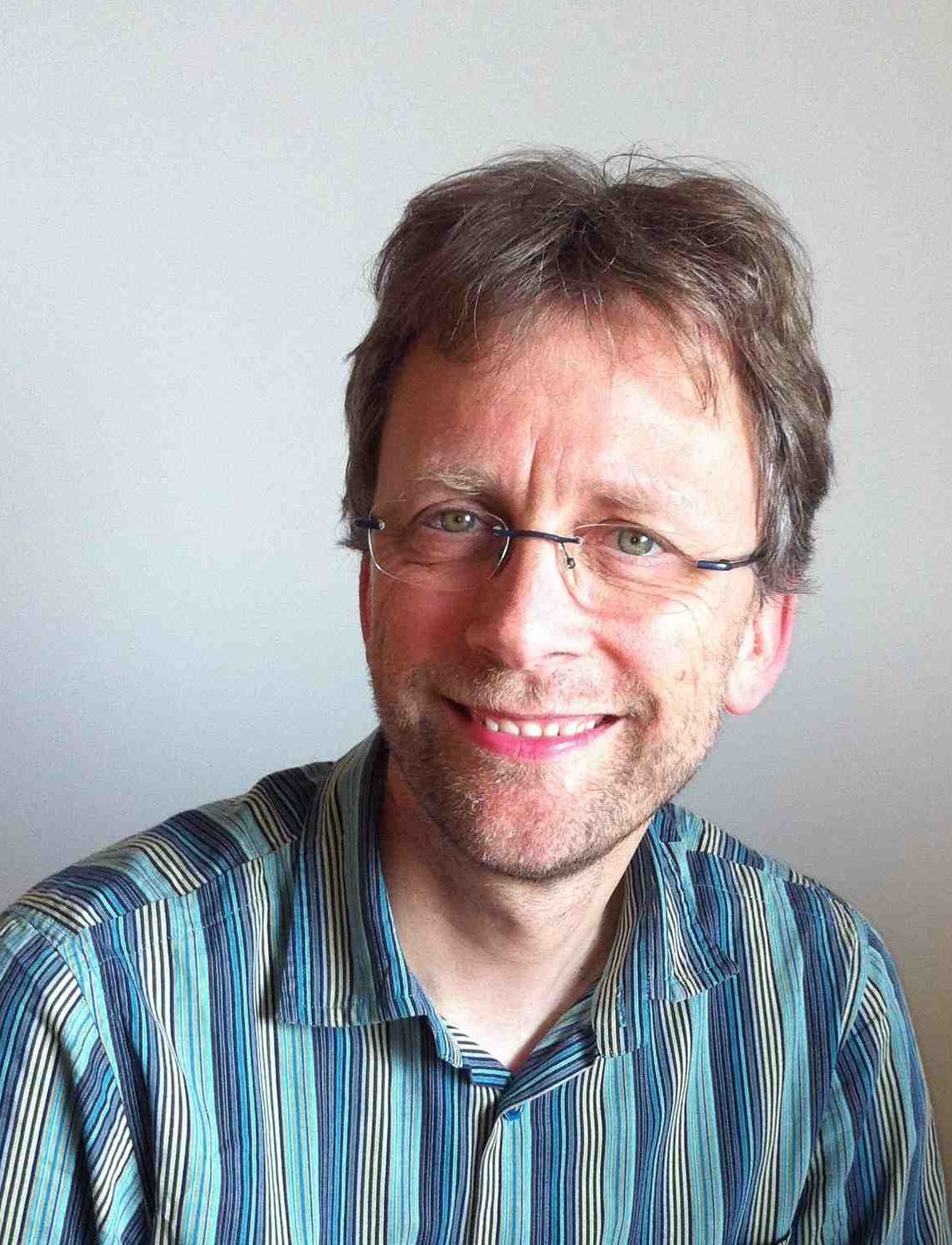
Abstract:
Our attempt to build an atomic force microscope [AFM] for in-line metrology began with a simple question: Can you build an AFM that works on Mars? Of course! Really? Operating any instrument on Mars means running it in an autonomous way – radio signals require several minutes to reach Earth, hence, an operator’s intervention would always be too late! The environmental conditions on planet Mars are another challenge, likewise is the journey to Mars especially in the beginning and at the end rough, not to mention the costs for this travel. Lucky enough, we were offered a free trip if we contribute and deliver the instrument in time. Once landed on Mars, it turned out that temperature variations were our biggest enemies. After having identified and circumvented them, we produced unsurpassed measurements and contributed to the scientific results of the Phoenix Mars Mission.
Space proved technology, one might think, would make an instrument fit for industrial applications as well. However, while demonstrated robustness and autonomy are indeed an advantage, we were confronted with more and completely different requirements when we tried making this step back from Mars to Earth. Quick time to data and their traceability were the most important operational requirements; vibrations during measurements, which were very low on Mars, and potentially moving samples were prominent environmental challenges we faced, and which we addressed with mechatronic means.
Biography:
Urs Staufer, Professor of Micro and Nano Engineering at the Delft University of Technology, specialized in micro-instrumentation, studied experimental Solid-State Physics, Mathematics and Philosophy at the University of Basel, Switzerland, where he received his PhD summa cum laude in 1990. He started his activities on planetary exploration in 1998 with the development of an AFM for the MECA payload on the Mars Mission ‘Surveyor 2001’, which was cancelled about one year before launch. He then led the AFM experiment of the successor Mission ‘Phoenix’ of which he was Co-Investigator in 2008, and which produced the first extra-terrestrial particle size distribution measurements in the clay and silt size range. Later, he participated also in design studies of instruments for Lunar exploration plans of ESA. His broader research interest is in applying fundamental knowledge from nanoscience and microtechnology for scientific instrumentation, and advanced instrumentation for material characterization and modifications, and for bio-health applications.
SEMI-PLENARY TALKS NOLCOS
Feedback Issues Underlying Quantum Error Correction
Speaker: Pierre ROUCHON, Professor at Mines-ParisTech, PSL Research University
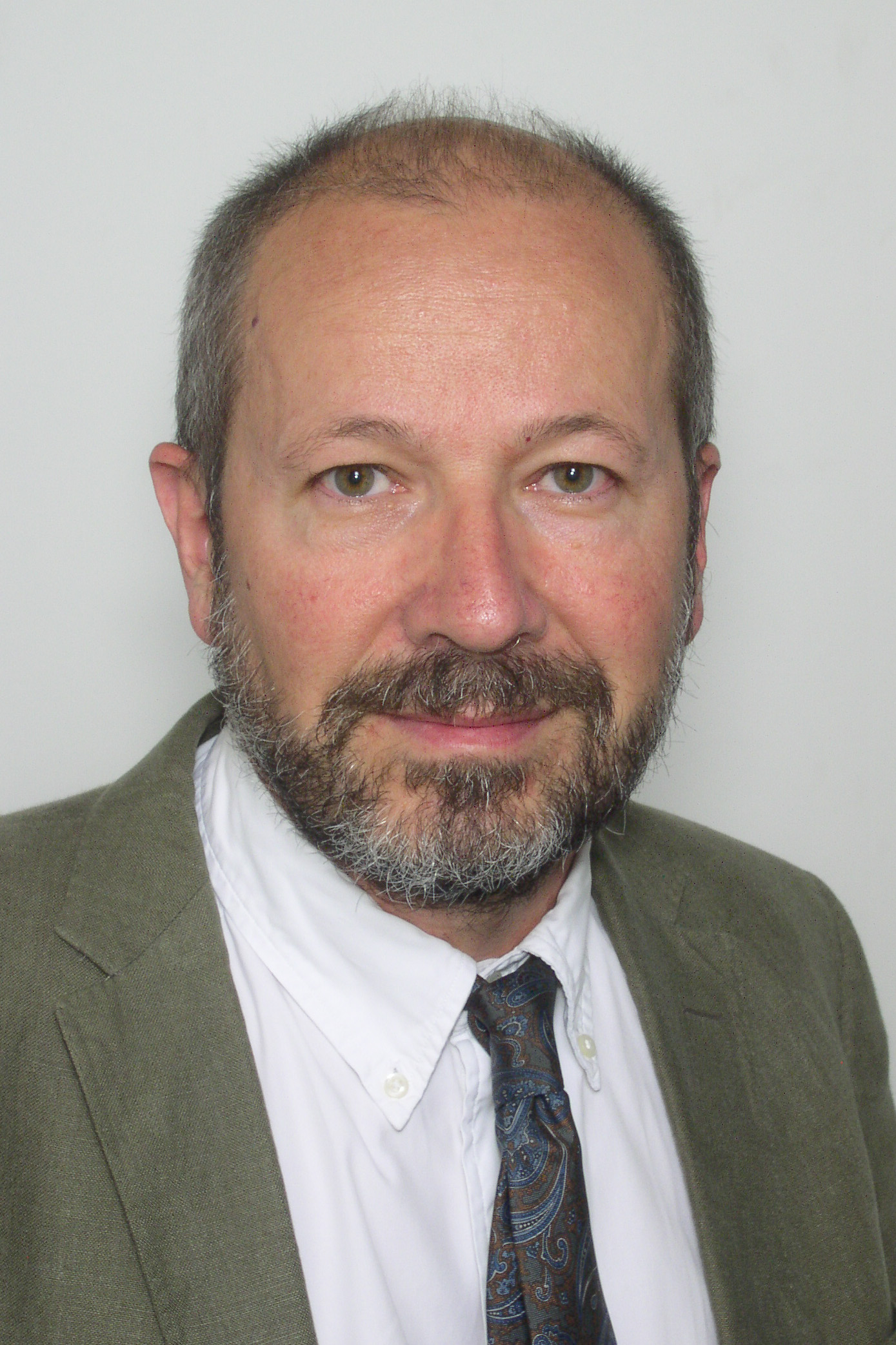
Abstract:
Quantum Error Correction (QEC) relies on feedback schemes stabilizing quantum superposition and coherence. This lecture investigates QEC with a control perspective. Firstly, we present the structure of the stochastic non-linear state equations governing the classical input/output relationships for open quantum systems. Then, we describe two feedback schemes: measurement based-feedback where the controller is a classical system; coherent feedback where the controller is another open quantum system (autonomous feedback or reservoir/dissipation engineering). We explain how these feedback schemes underlay recent experimental results in super-conducting quantum circuits to protect quantum states stored in an harmonic oscillator (cat-qubit). We conclude by proposing a time-scale combination of these feedback schemes in order to stabilize and protect quantum information, the objective of QEC.
Biography:
Pierre Rouchon is professor with the Centre Automatique et Systemes at Mines-ParisTech, PSL Research University. He graduated from Ecole Polytechnique in 1983, has obtained a PhD in 1990 and an “habilitation à diriger des recherches” in 2000. From 1993 to 2005, he was associated professor at Ecole Polytechnique in Applied Mathematics. From 1998 to 2002, he was the head of the Centre Automatique et Systèmes. From 2007 to 2018, he was the chair of the department “Mathématiques et Systèmes” at Mines-ParisTech. Since 2015, he is a member of the Quantic Research team between Inria, Ecole Normale Supérieure de Paris and Mines-ParisTech. His fields of interest include nonlinear control and system theory with applications to physical systems. His contributions include differential flatness and its extension to infinite dimensional systems, non-linear observers and symmetries, quantum filtering and feedback control. In 2017, he received the “Grand Prix IMT – Académie des sciences de Paris.”
Lyapunov-based Reset Control
Speaker: Luca ZACCARIAN, Directeur de Recherche at the LAAS-CNRS, Toulouse and associate professor at the University of Trento
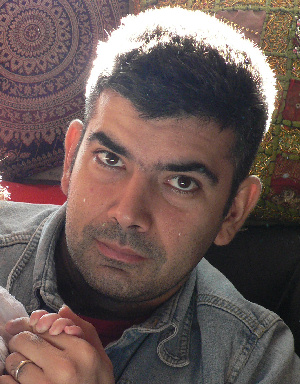
Abstract:
More than 50 years ago, J.C. Clegg proposed a modified version of the analog integrator introducing suitable state resets and showing improved performance in terms of phase lag, at least as seen from a describing function analysis of the intricate nonlinear phenomenon behind state resets. With certain modern tools arising from recent hybrid dynamical systems representations, it is now possible to revisit that strategy, provide Lyapunov-based (therefore robust) guarantees of its stability and performance, and reach beyond stable linear filters involving resets. This talk covers 15 years of research activity within this framework, emphasizing the advantages and the challenges. A number of reset control strategies, stemming from generalizations of the original paradigm of Clegg, will be discussed. Among other things, we will emphasize the suggestive idea of homogeneous closed loops with reset controllers whose solutions converge exponentially to zero by way of exponentially unstable branches. The talk will be mostly focused on stabilization, but will hopefully also touch upon set-point regulation and reference tracking. Theoretical results will be discussed, together with some experimental and industrial validations within the automotive field.
Biography:
Luca Zaccarian received the Laurea and the Ph.D. degrees from the University of Roma Tor Vergata (Italy) in 1995 and 2000, respectively. He has been Assistant Professor in control engineering at the University of Roma, Tor Vergata (Italy), from 2000 to 2006 and then Associate Professor. Since 2011 he is Directeur de Recherche at the LAAS-CNRS, Toulouse (France) and since 2013 he holds a part-time associate professor position at the University of Trento, Italy. Luca Zaccarian’s main research interests include analysis and design of nonlinear and hybrid control systems, modeling and control of mechatronic systems. He has served in the organizing committee and TPC of several IEEE and IFAC conferences. He has been a member of the IEEE-CSS Conference Editorial Board and an associate editor for Systems and Control Letters and IEEE Transactions on Automatic Control. He is currently a member of the EUCA-CEB and an associate editor for the IFAC journal Automatica. He was a nominated member of the Board of Governors of the IEEE-CSS in 2014, where he is an elected member in 2017-2019. He was Student Activities Chair for the IEEE-CSS in 2015–2017 and is currently Associate Editor of Electronic Publications (Conference Information) for the IEEE-CSS. He was a recipient of the 2001 O. Hugo Schuck Best Paper Award given by the American Automatic Control Council. He is a fellow of the IEEE, class of 2016.
Copyright picture Luca Zaccarian: Chiara Moiraghi
EVENING LECTURE
Dante and the Construction of Hell
Speaker: Sebastian SCHÜTZE, Professor of Art History the University of Vienna
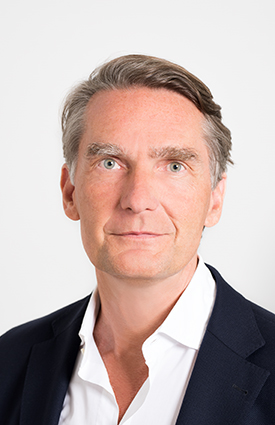 Abstract:
Abstract:
Throughout the ages hell has been a central theological concept as well as a hugely emotional concern of popular culture. But how do we imagine in concrete terms such place in the underworld where damned souls suffer for their sins committed during lifetime? At least in the western hemisphere, the imagination of hell has been largely dominated by the poet Dante Alighieri (1265-1321) and his detailed account in the “Divine Comedy”. According to Dante, hell consists of a deep pit with nine consecutive circles, which accommodate different types of sinners afflicted by appropriate punishments. Based on Dante’s description scholars and scientists like Galileo Galilei, but also artists, architects and engineers have attempted to map the geography of hell and to come up with ever more precise reconstructions. The lecture explores Dante’s impact on our collective imagination and the constructive principles of hell, a kind of system analysis over seven centuries.
Biography:
Sebastian Schütze is Professor of Art History and Dean of the Faculty of Historical and Cultural Studies at the University of Vienna and member of the Austrian Academy of Sciences. Before joining the University of Vienna in 2009 he has been a long-term research fellow at the Bibliotheca Hertziana (Max-Planck-Institute for Art History) in Rome, has taught at the Universities of Münster, Leipzig and Dresden and as Bader Chair in Southern Baroque Art at Queen’s University in Canada. His research interests focus on Italian baroque art and art patronage as well as on processes of exchange and dialogue between figurative arts and poetry from Dante, Petrarch and Tasso to Stefan George, Hugo von Hofmannsthal and Friedrich Nietzsche. He has published widely on Caravaggio, Poussin and Bernini, on the Vatican Basilica and its decorations, on the art patronage of Pope Urban VIII and on the Dante drawings of William Blake, and has curated international exhibitions such as “Bernini the Sculptor” (Rome, Villa Borghese), “Caravaggio and his Followers in Rome” (Ottawa, National Gallery of Canada), “The Divine Michelangelo” (Bonn, Bundeskunsthalle), “Bernini. The Inventor of Baroque Rome” (Leipzig, Museum der bildenden Künste) and, most recently, „Nietzsche and the Artists of the New Weimar” (Ottawa, National Gallery of Canada).
Copyright picture Sebastian Schütze: Barbara Mair
